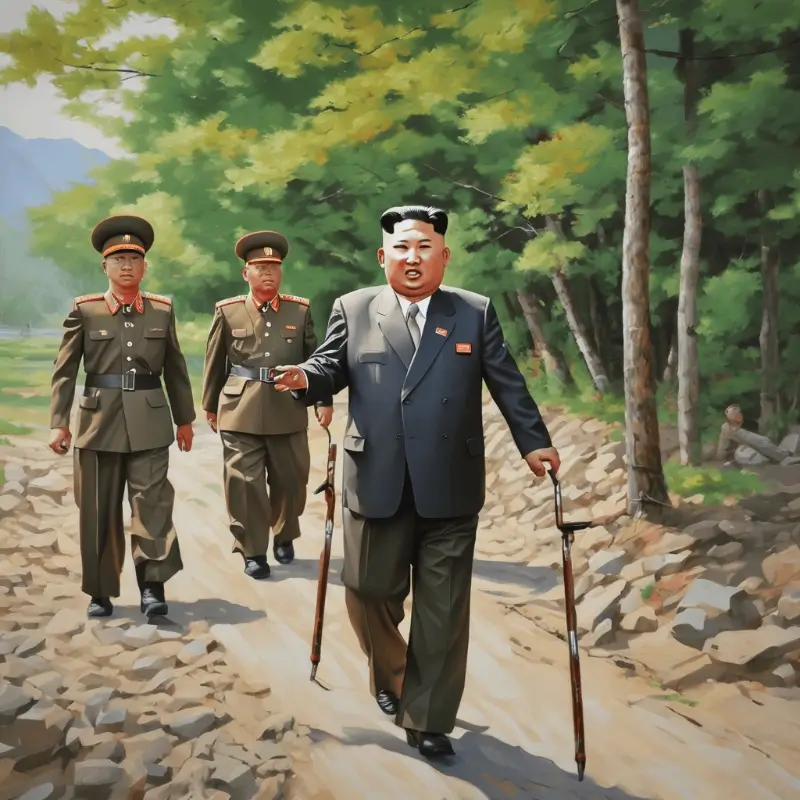why did the Soviet Union collapse?
The Soviet Union, also known as the Union of Soviet Socialist Republics (USSR), was founded after the October Revolution in 1917, which overthrew the Provisional Government that had taken power following the abdication of Tsar Nicholas II during the February Revolution earlier that year.
On November 7 (or October 25 according to the Julian calendar then used in Russia), Bolshevik leader Vladimir Lenin led the Bolshevik faction of the Russian Social Democratic Labour Party to seize control of key institutions in Petrograd (St. Petersburg). This included the Winter Palace, where the Provisional Government was headquartered. The event marked the establishment of Soviet power in Russia under the leadership of the Bolsheviks.
The collapse of the Soviet Union was a complex event driven by a combination of economic, political, social, and nationalistic factors. Here are some of the key reasons that contributed to the Soviet Union’s dissolution:
- Economic Troubles: The Soviet economy, which was centrally planned, was inefficient and struggled to keep pace with the economic growth of the United States and other capitalist countries. It suffered from lack of innovation, shortages of consumer goods, and a stagnant agricultural sector. The reforms initiated by Mikhail Gorbachev, such as perestroika and glasnost, were intended to address these issues but were not sufficient to prevent the economy’s eventual collapse.
- Political Challenges: Gorbachev’s policies of perestroika (restructuring) and glasnost (openness) were meant to reform the political system and increase transparency, but they also weakened the central authority of the Communist Party. This led to a rise in political pluralism and nationalist movements within the various Soviet republics, which sought greater autonomy or independence.
- Nationalism: Ethnic tensions had been suppressed under the Soviet regime, but with the relaxation of political controls, nationalistic sentiments began to surface. Many of the Soviet republics, which had been artificially merged by Josef Stalin, sought greater cultural and political autonomy, and eventually, independence. The Baltic states of Lithuania, Latvia, and Estonia were particularly active in demanding independence.
- Systemic Corruption: The Soviet political and economic system was rife with corruption, inefficiency, and nepotism. This led to widespread public dissatisfaction with the government and the ruling Communist Party.
- The Fall of the Berlin Wall: The collapse of the Berlin Wall in 1989 symbolized the end of the Cold War. The changes occurring in Eastern Europe, where Communist governments were overthrown, had a profound impact on the Soviet Union. The Soviet leadership was unable to maintain its influence over its Eastern European satellites, and the wave of democratization and national liberation swept across the continent, affecting the Soviet Union itself.
- External Economic Pressures: The Soviet Union faced economic sanctions and arms races with the West, which put a strain on its economy. The costs of supporting its military and the space race, in particular, were massive and contributed to economic difficulties.
- Loss of Control Over Republics: As the Soviet Union’s economic and political crises deepened, the central government lost its grip on the republics. The Kremlin’s power and influence declined, and the republics, one by one, declared their independence. The Union Treaty of 1991, which was intended to reform the Soviet Union into a looser federation, was ultimately rejected by the Russian parliament, signaling the end of the Soviet era.
- Boris Yeltsin and Russian Nationalism: Boris Yeltsin, the president of Russia, played a crucial role in the dissolution of the Soviet Union. A political opponent of Gorbachev, Yeltsin represented Russian nationalism and sought greater autonomy for Russia within the Soviet Union. When the opportunity arose, he capitalized on the weakened position of the Soviet central government to push for Russian independence.
On December 25, 1991, the Soviet Union officially ceased to exist as the remaining republics declared their independence. The collapse of the Soviet Union marked the end of the Cold War and the beginning of a new era in international relations.



